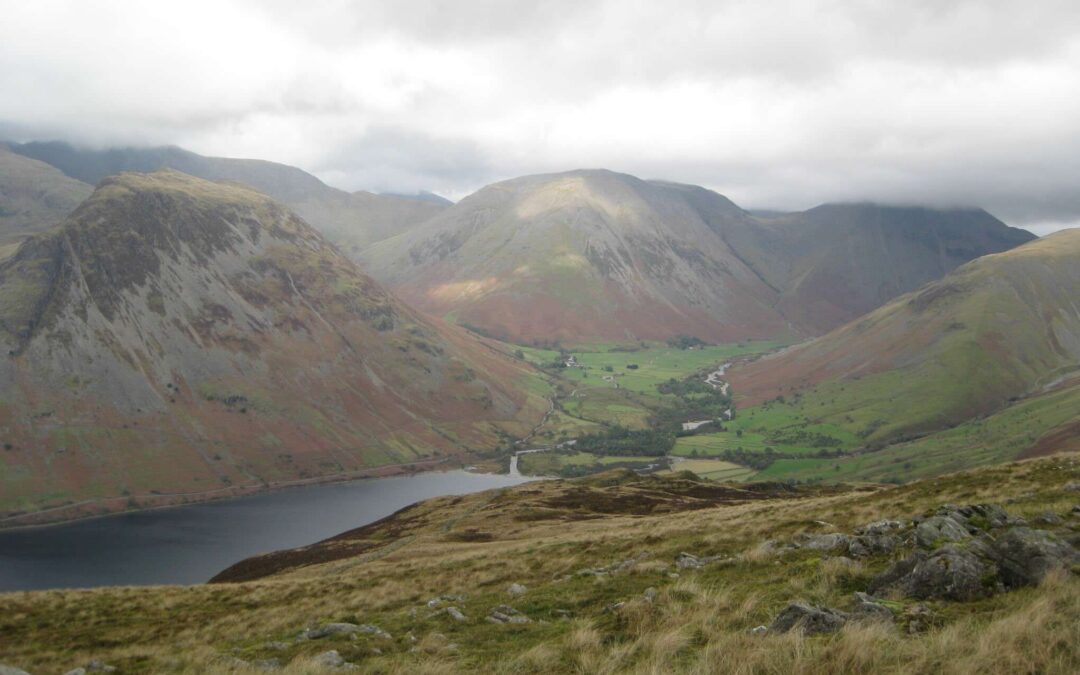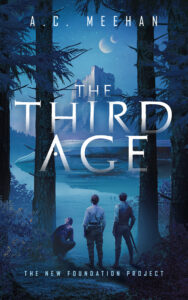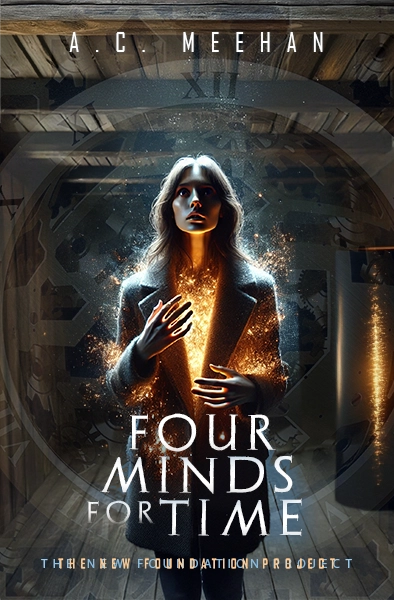I recently finished the initial outline for the next book in the New Foundation Project series, and I’ve started writing the draft. Outlining isn’t my favorite part, but I have grudgingly acknowledged that it’s important even for a “discovery writer.” I used the metaphor of a jigsaw puzzle before, the outline being the edge pieces, the corners being the key scenes. I think I find the outline process a chore because my favorite part of writing is the exact opposite. In outlining, the emphasis is on what happens. In the drafting, I’m more focused on why—and that’s the part where the characters live and breathe.
What happened in my previous drafts is that I followed the outline for a scene or two, and then the characters pointed somewhere else, and I had to rework the next part of the outline. It became a very iterative sort of outline, which is really more of a rough guide. More like consulting a map to see where the detour will take me.
That makes me think of an episode from a years-ago hiking trip that has stuck with me. This is the story of the time I climbed a mountain by mistake.
My friend and I took a self-guided walking trip in the Lake District in England. It was a fantastic itinerary that took us through dramatically different landscapes each day. It started in very pastoral scenery—Wordsworth, Beatrix Potter, sunshine, and sheep—but soon had us climbing some literally breath-taking steep hills, over rocky ground in the rain. The two of us were (and are still) in no way orienteers, and this was in the days when smartphones were still in kindergarten, and neither of us had one anyway. I had an old compass, but I’d never used it for anything other than “oh, cool, that’s north!” so we were relying on a marked topographical map. It felt Very Adventurous for a couple of young women from the suburbs. There were laughs and scares and a million photos, as you’d imagine, and we were quite pleased with ourselves for being able to do this with just a map and stout walking shoes.
Until.
There is a well-known walk across Eskdale Moor from Boot to Wasdale Head. It’s a little over five miles, and you’re on Eskdale Fell, which takes you right past Burnmoor Tarn. It’s not a terribly difficult walk, but the day we were there, there was no one else around and being on our own up there added to the drama of the scenery. I found the whole place both bleak and majestic, one of those wind-scoured places where the land feels so ancient that it’s very easy to believe in ley lines. The land is bare except for the abundant heather, which makes a knee-high maze across the moor, but we were there after the bloom so it was a rusty red-brown. In some spots, the ground is very boggy, and it’s worth watching your step. (In fact I had a misstep where my foot sank in over my ankle, and it was actually a struggle to get out. Very nearly lost my boot!) The path across is mostly visible, but because of the heather and the bog, it was sometimes necessary to take a detour.
We picked our way across the moor, heading generally in the right direction, but it was taking longer and was more of an incline than we expected. Eventually we stopped and fished the map out of my backpack to reassure ourselves. A long and confused discussion followed, where we tried to work out where we were in relation to the line on the map. I thought I was reading the topo lines correctly, and we carried on.
At length, we arrived at the top of the world. We weren’t meant to be there—the path we intended to be on was to the east of us—but it was spectacular. Wast Water lay far below us, long and glinting, and it was easy to see how we could make our way down. It felt like a map of the world was spread at our feet. I have since learned that the view from Illgill Head is considered one of the finest in England, and I completely agree!
I don’t know how many miles and hours that mistake added to our day, but it was worth every step and ended up being one of the best memories from one of my all-time favorite trips. It also has given me food for thought over the years:
- When you’re watching your step, it’s easy to forget to check the map.
- Consulting a map doesn’t do you any good if you don’t know where you are.
- Context makes the path easier to see.
- Mistakes are opportunities for serendipity—the best view might not be the one you expected.
My iterative outlining is a topo map with a line marked on it. I generally know the way to get from here to there, and I can see where there might be some steep bits. My drafting process is when I’m actually on the ground, finding my way, sometimes following a path that looks easier, sometimes getting stuck. Sometimes, a detour will bring me to a scene that I didn’t know existed, and from there, I see a brand new route to my destination.




